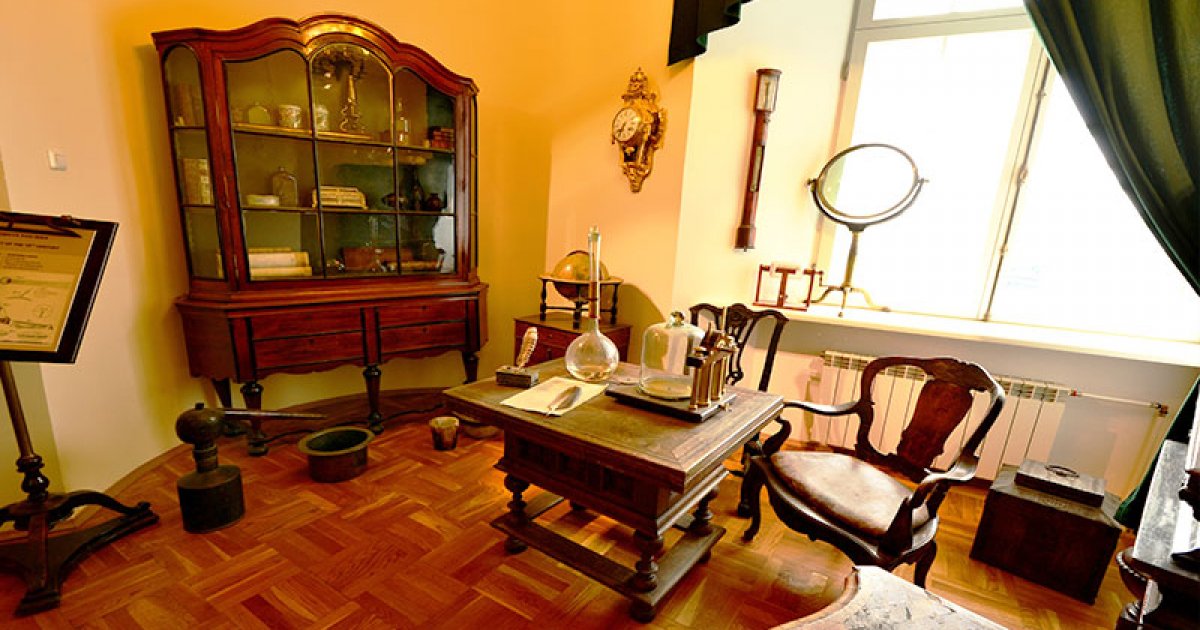TSAR'S COLLECTION
 Language: English / USA
Language: English / USA
The tsar's collection - comprising a collection of objects that were truly curious, and originally kept in the Summer Palace - began with the acquisition of a number of disturbing finds such as deformed fetuses and animals with anatomical defects, which Peter had first seen in 1697, during a visit to Holland.
It was here that the tsar purchased many of the objects from the pharmacist Albertus Seba and the anatomist Frederik Ruysch, and these pieces formed the nucleus of the Academy of Sciences. Other pieces were purchased from Jacob de Wilde, a collector of gemstones and scientific instruments. In 1716, Peter further expanded his collection with 1195 minerals bought from Dr. Gotvald of Gdansk and others from Russia.
The museum currently boasts a collection of some two million of the most interesting pieces from all over the world, also comprising the original collections of Peter the Great.
Let me leave you with an interesting fact: The tsar is said to have purchased this strange collection to prompt the medical community to study deformities and to discourage prejudice against people affected by them, who at the time were defined as monsters. He also issued a decree ordering that deformed fetuses from all over the country be sent to the imperial collection; they were then exhibited in the Kunstkamera as examples of accidents of nature. He even promised visitors to the museum free vodka to encourage them to learn about natural curiosities such as sheep with two heads and conjoined twins.


